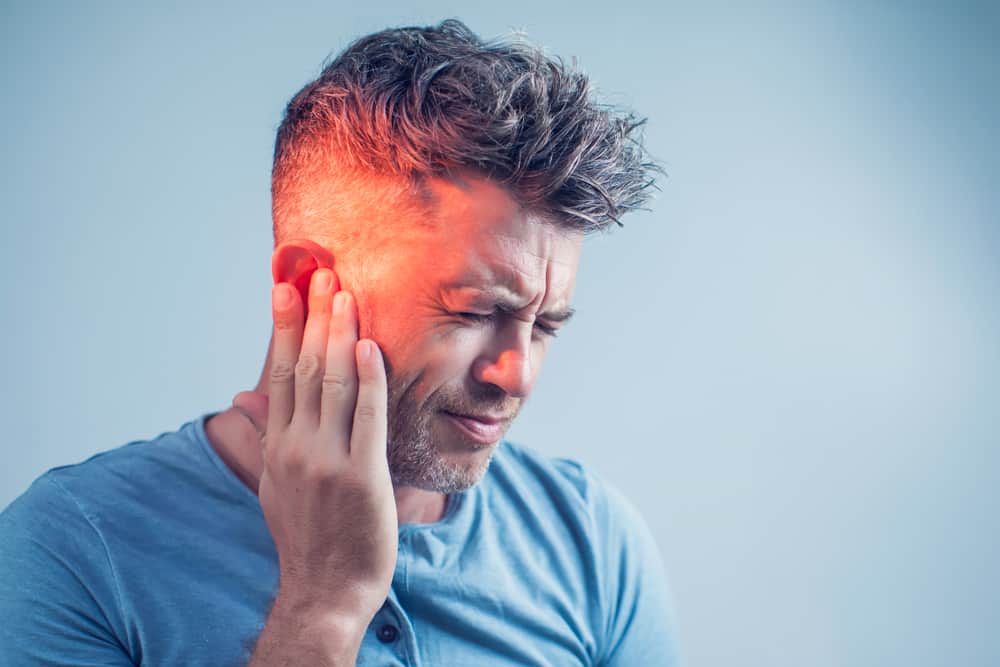

Avoiding contact or washing painful skin contributes to this build-up. In some cases, it becomes shiny and thin, in others thick and scaly. Changes in skin texture-Over time, insufficient delivery of oxygen and nutrients can cause skin in your affected limb to change texture.These skin symptoms typically fluctuate as they indicate abnormal blood flow in the area. Skin on the affected limb may change color, becoming blotchy, blue, purple, gray, pale, or red. Changes in skin temperature, skin color, or swelling of the affected limb-The injured arm or leg may feel warmer or cooler than the opposite limb.You also might notice severe or prolonged pain after a mildly painful stimulus such as a pin prick, known as hyperalgesia. Excess or prolonged pain after use or contact-You may notice an increased sensitivity in the affected area, known as allodynia, in which light touch, normal physical contact, and use is very painful.Mirror pain is less severe and resolves as the injured nerves recover. This “mirror pain” is thought to reflect secondary involvement of spinal cord neurons (nerve cells). In rare cases, pain and other symptoms occur in a matching location on the opposite limb.

Over time, if nerves remain chronically inflamed, pain can spread to involve most or all of your arm or leg, even if the originally affected area was smaller.



 0 kommentar(er)
0 kommentar(er)
